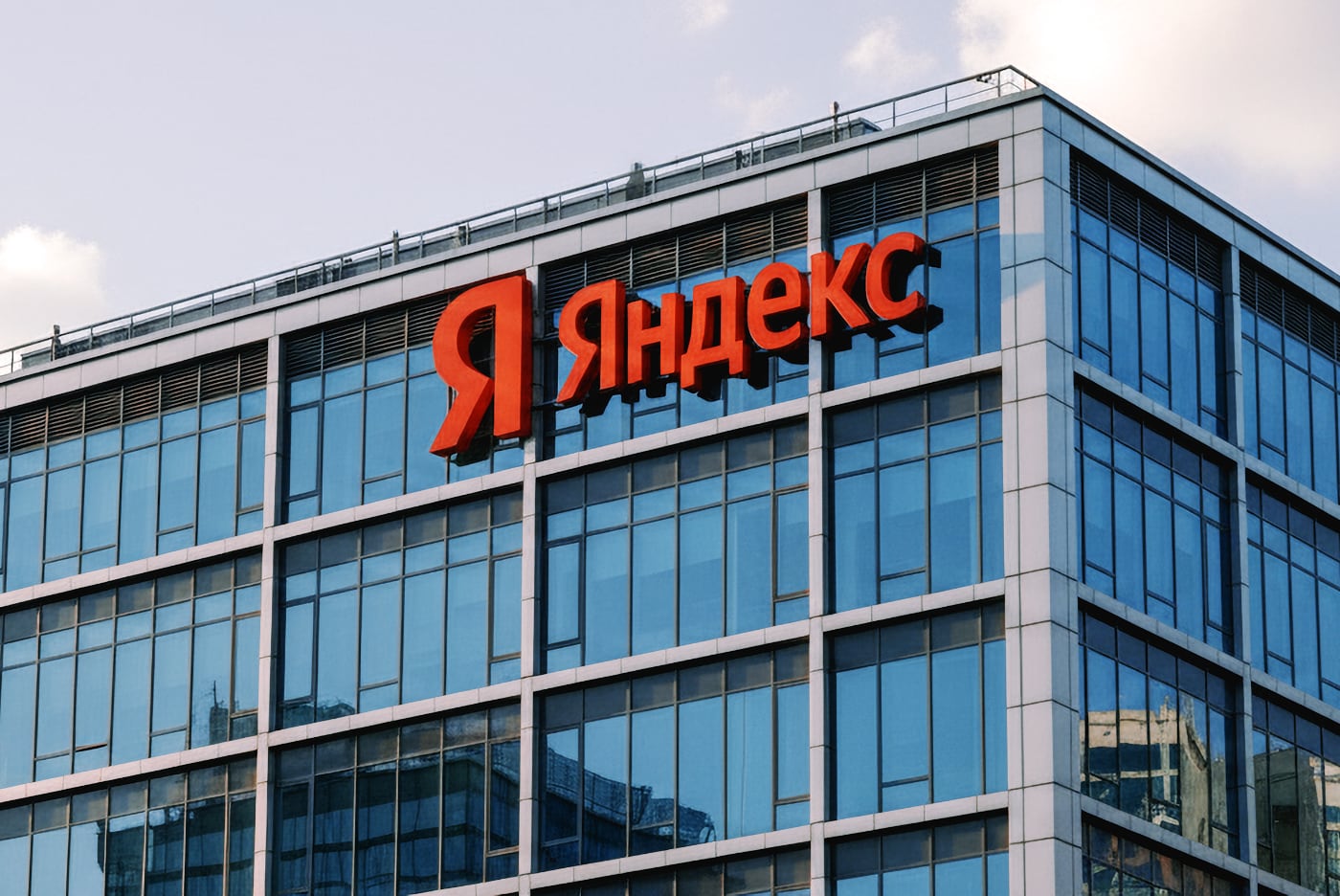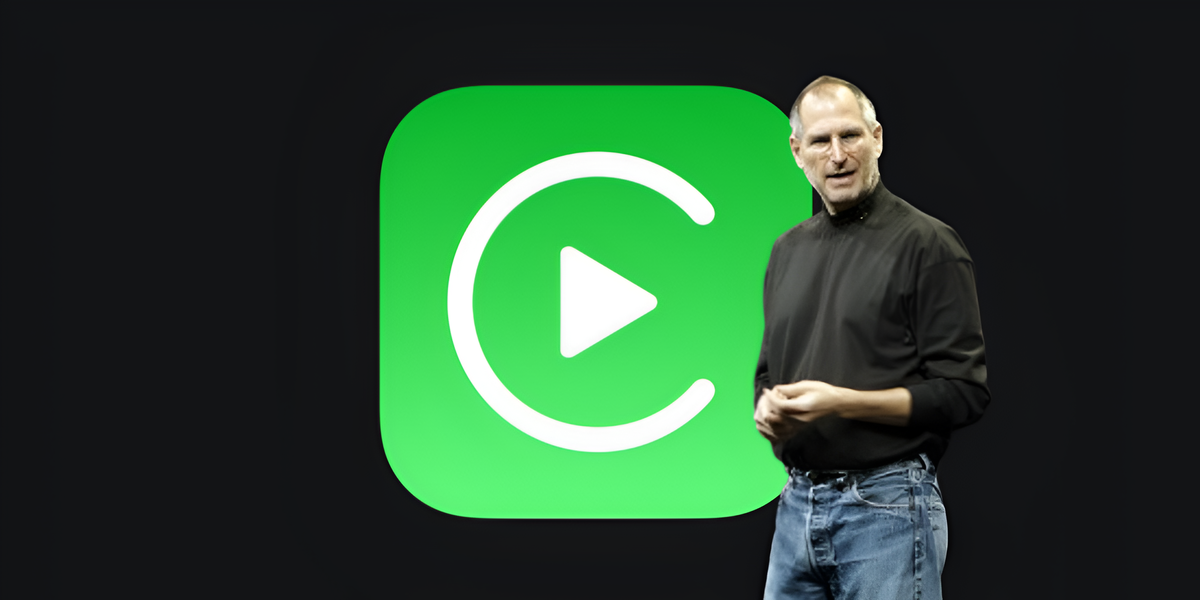Few things are as expressive when chatting or sending an email as this: 🙂. Or this: 😡. Emoji celebrate in 2022 25 years since they first appeared on an electronic device. Only this time was enough for them to adopt one of the most universal forms of expression with all the implications of this word.
While there are also emojis that have cultural differences or even generational differences, most of them are understood by the majority of the population.
But it took them a while to become what they are today. In 1881, about 100 years before the birth of emoji as we know them today., the ancestor of the emoji, the emoticon, was first published in the American humor magazine Puck. Consisting of punctuation marks and other typographical symbols that conveyed joy, melancholy, indifference and surprise, the emoji was then classified as “typographical art”.
After several decades of silence, in the 1980s, Carnegie Mellon professor Scott E. Fahlman suggested using emoticons beginning with 🙂 and kaomoji (numbers that used fonts creatively, for example: ପ (๑•ᴗ••) in email ๑)ଓ) and It wasn’t until the 90s that the humble emoji resurfaced in chat rooms. from all over the world as an integral part of the Internet language.
Its origin, a proposal that failed
 100vw, 780px”><noscript><img data-attachment-id=)
DOCOMO returned to the fray and in 1999 released a second set of 161 emoticons designed by Shigetaka Kurita which have long been considered original.
His intention was to develop a simple character set so that users could convey information concisely. The wide range of emoji finally gave people the ability to add emotion to their digital conversations and spawned a whole new visual language, becoming a hallmark of how people communicate.
Those early images were pixelated, which isn’t surprising considering it was 1999 when the original Blackberry was released, which was an exciting year for technological advances. Emoji have never been about precision or high resolution, but about how much can be achieved with little effort.
iPhone is a great push for emoji internationalization 📱

Although emoji enjoyed great popularity throughout the country after their launch in Japan, hIt took a whole decade for them to become the standard for smartphones around the world.. In 2007, the iPhone was released, and shortly after, the first emoji appeared on iOS. However, there was one catch: in 2008, only Japanese iPhones were equipped with emoji. In 2010, the symbols finally entered the international arena with the help of Unicode, a technology standard that helped universalize how emojis are written.
They have also adapted to modern times. First, the first set of emojis available only featured fair-skinned characters, and while there were variations on the use of male emojis in various career-reminiscent symbols—police, construction worker, etc.—there was only one female image: the girlfriend. , with a veil. There were flags representing some countries, but the vast majority were not.
In 2015, Unicode offered the ability to change skin tone and create emojis of women doing all sorts of things.
Every year the Unicode Consortiumas a non-profit organization, maintains text standards on computers around the world, adds hundreds of new emoticons to your list approved and approves different versions of each company.
There are currently over 3,600 registered emojis, and new ones are introduced every year to expand the possibilities of this language that has somehow become familiar to us.
Source: Hiper Textual











